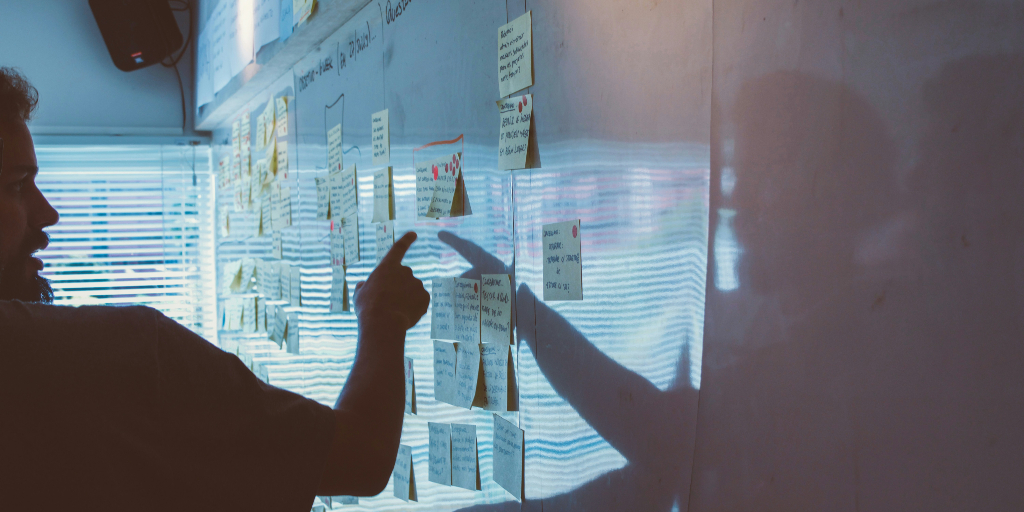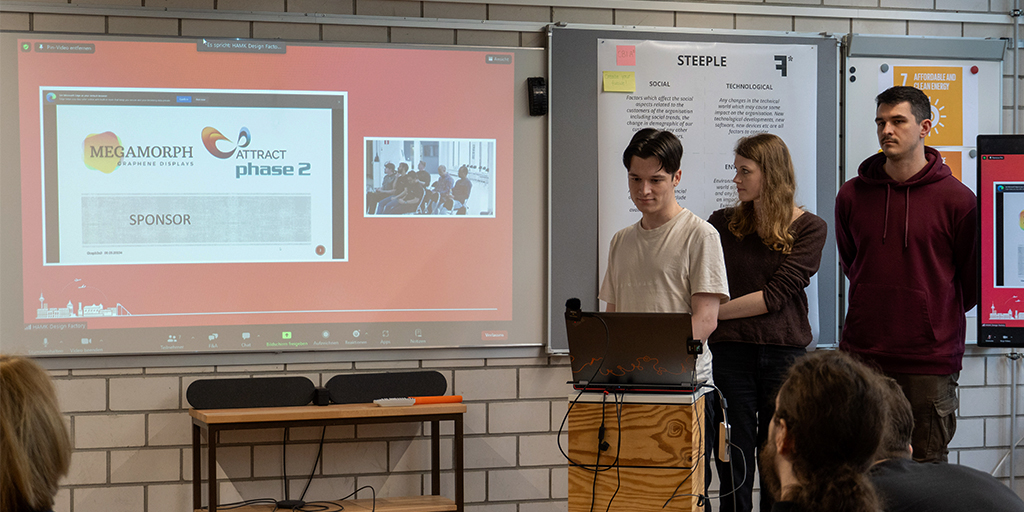Academia-industry partnerships play an important role in advancing research and driving innovation, especially in areas like technology and applied sciences where collaboration can accelerate the transition of research to commercial applications. These partnerships are often supported by public funding and regulated by state aid rules to prevent unfair market advantages. In this respect, a recent study published in the CERN IdeaSquare Journal of Experimental Innovation (CIJ), examines how state aid regulations impact the financing of research, the use of research and technology infrastructure (RI/TI), and intellectual property rights (IPR) in academia-industry collaborations within the European Union.
The paper has been published by the ExSACT team and researchers have identified major problems such as complicated funding procedures and gaps in intellectual property (IP) management, which can affect the potential of academia-industry partnerships to maximize public investments and meet societal needs, as well as poor knowledge and understanding of state aid rules.
Researchers have analyzed these dynamics by employing both quantitative and qualitative research methods, including surveys and interviews, to gather insights from stakeholders involved in academia-industry partnerships. In this regard, they found that many research organizations and companies lack a full understanding of these rules, leading to difficulties in managing public investments and optimizing the use of shared research infrastructures. This limited awareness often results in complex and inefficient funding mechanisms that fail to meet the needs of the stakeholders involved.
The study reveals that while many organizations have internal procedures to manage IP, these processes often overlook important areas such as industrial design or trademarks. Despite recognizing the value of IP, institutions frequently provide limited support for licensing and incentivizing inventors, which can delay the commercialization of research outputs. Furthermore, in some cases, respondents in the study reported facing administrative and financial challenges related to patenting, which sometimes led them to prioritize publishing to earn recognition for career advancement over securing IP protection.
“State aid rules help EU research organizations in the management of intellectual property and access to research infrastructure”
explained Tomaž Lutman, Technology Manager at the Jozef Stefan Institute and coordinator of the ExSACT project.
The ExSACT project is part of the ATTRACT initiative and it aims to simplify and optimize public investments in research and technology infrastructures while navigating state aid regulations. It is coordinated by the Jozef Stefan Institute in partnership with the Faculty of Information Studies in Novo Mesto, both from Slovenia.
For more information about the study or to access the full paper, please visit here.
Discover more about the ExSACT project here.
Published paper:
Fric, U., Lutman, T., & Mlinar, T. (2024). State Aid in Academia-Industry Cooperation: An Overview of the Existing Conditions and Challenges Through the ExSACT Project. CERN IdeaSquare Journal of Experimental Innovation, 8 (2), 28-32.
Academia-industry partnerships play an important role in advancing research and driving innovation, especially in areas like technology and applied sciences where collaboration can accelerate the transition of research to commercial applications. These partnerships are often supported by public funding and regulated by state aid rules to prevent unfair market advantages. In this respect, a recent […]



